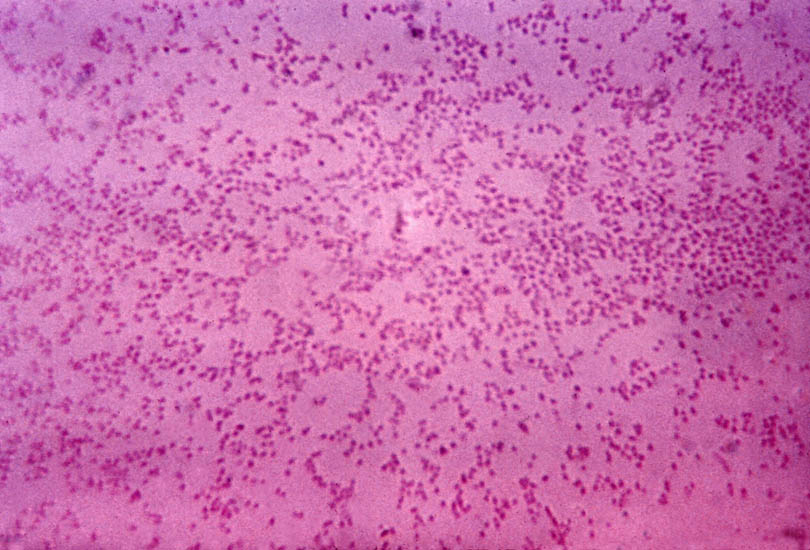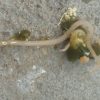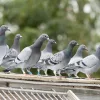
Pasteurella Multocida in Poultry Explained
Pasteurella multocida (Fowl Cholera): Causes, Symptoms, and Prevention in Poultry
Fowl cholera, caused by the bacterium Pasteurella multocida, is a serious, contagious disease that affects poultry of all ages. While it often strikes older birds, it can devastate entire flocks regardless of age if not identified and managed early. This blog post explores the key facts about fowl cholera—what causes it, how to recognize it, how to treat it, and most importantly, how to prevent it. Whether you’re a backyard poultry keeper or a large-scale breeder, understanding this disease is essential for maintaining healthy, productive birds.
What Is Fowl Cholera?
Fowl cholera is an acute or chronic bacterial infection caused by Pasteurella multocida, a Gram-negative, rod-shaped bacterium. It primarily affects chickens, turkeys, ducks, pigeons, and game birds, but it can also infect other animals such as rabbits and rodents. The disease spreads quickly and can lead to high mortality rates, especially in dense housing environments or flocks with poor biosecurity.
How Pasteurella multocida Infects Birds
Pasteurella multocida enters a bird’s body via:
-
Respiratory routes (inhalation of aerosolized droplets)
-
Contaminated feed or water
-
Wounds or scratches (especially from fights or rough handling)
-
Rodent vectors (rats and mice can harbor and spread the bacteria)
Once inside the host, the bacteria multiply and cause inflammation in various organs. The severity of disease depends on the strain of bacteria, the bird’s immune status, and environmental stressors like overcrowding, poor ventilation, or extreme weather.
Signs and Symptoms of Fowl Cholera
Symptoms vary depending on whether the infection is acute, chronic, or subclinical.
Acute Infection
Acute outbreaks can cause sudden death with little to no warning. When symptoms do appear, they may include:
-
High fever
-
Lethargy
-
Ruffled feathers
-
Loss of appetite
-
Cyanosis (bluish comb and wattles)
-
Diarrhea
-
Nasal discharge
-
Difficulty breathing
Mortality in acute outbreaks can range from 5% to 50% or higher, especially in unvaccinated or stressed flocks.
Chronic Infection
If birds survive the acute phase or if the infection develops slowly, chronic symptoms may include:
-
Swollen joints (especially legs)
-
Swollen wattles
-
Lameness or reluctance to move
-
Respiratory sounds (gurgling, wheezing)
-
Eye infections (conjunctivitis, abscesses)
Subclinical Infection
Some birds may carry the bacteria without showing outward signs. These asymptomatic carriers can shed P. multocida in droppings, saliva, or nasal secretions, silently spreading the disease.
Diagnosing Fowl Cholera
Proper diagnosis is essential to control the spread and ensure appropriate treatment. Here are some key diagnostic methods:
1. Necropsy
A post-mortem exam may reveal:
-
Liver lesions (small white or yellow spots)
-
Swollen spleen
-
Pericarditis (inflammation of the heart sac)
-
Airsacculitis (cloudy air sacs)
2. Bacterial Culture
Samples from liver, spleen, or heart blood are sent to a lab for culture to isolate Pasteurella multocida.
3. PCR Testing
Polymerase Chain Reaction (PCR) is a rapid and highly sensitive method that detects bacterial DNA. PCR is especially useful in subclinical or early-stage infections.
4. Antibiotic Sensitivity Test
To determine which antibiotics the bacterial strain is sensitive to, a veterinarian may run a sensitivity test. This ensures treatment is effective and avoids antibiotic resistance.
Treatment Options for Fowl Cholera
Once Pasteurella multocida is confirmed, treatment must begin quickly.
Antibiotic Therapy
Veterinarians typically prescribe:
-
Tetracyclines
-
Sulfonamides
-
Penicillin
-
Florfenicol
-
Enrofloxacin (where permitted)
Treatment should be continued for 5–7 days or as advised by a vet. Medication is often administered via drinking water for flock-wide application.
Important: Antibiotics may reduce symptoms but do not eliminate carrier status. Survivors can still shed bacteria.
Supportive Care
-
Ensure constant access to clean water and balanced feed
-
Minimize stress
-
Keep birds warm and dry
How to Prevent Fowl Cholera
Prevention is always better than cure, especially with fast-moving bacterial infections. Here are effective ways to prevent fowl cholera in your flock.
1. Vaccination
In high-risk regions or flocks, vaccination is one of the most reliable preventive tools.
-
Inactivated vaccines: Often used in endemic areas
-
Live vaccines: May be used for turkeys and some poultry with veterinary guidance
2. Rodent Control
Rodents are major carriers of P. multocida. Implement a strict rodent control program using traps, bait stations, and secure feed storage.
3. Biosecurity Measures
Good hygiene is essential:
-
Sanitize feeders and drinkers regularly
-
Avoid introducing new birds without quarantine
-
Limit human traffic and equipment sharing between flocks
4. Loft & Coop Management
-
Provide adequate ventilation
-
Prevent overcrowding
-
Keep bedding dry and clean
5. Monitor Bird Health Regularly
Early detection through regular health checks can stop outbreaks before they spread.
The Role of Nutrition in Disease Resistance
Birds with strong immune systems are better equipped to fight infections like fowl cholera.
Feed Tips:
-
Use a high-quality, balanced ration with ample protein
-
Supplement with vitamins A, D, and E
-
Add immune boosters like garlic, oregano oil, or probiotics (as advised)
Recovery and Flock Management After an Outbreak
If an outbreak occurs:
-
Isolate sick birds immediately
-
Disinfect the housing and all equipment
-
Monitor the rest of the flock closely
-
Reassess your biosecurity and hygiene protocols
Consider culling chronic carriers to avoid future spread.
Fowl Cholera Prevention Checklist
This checklist is designed to help poultry keepers maintain biosecurity, health monitoring, and management practices that reduce the risk of Pasteurella multocida infections.
✅ Fowl Cholera Prevention Checklist
🛡️ Biosecurity Measures
-
Quarantine all new birds for at least 30 days
-
Limit visitor access to poultry areas
-
Disinfect footwear and equipment between flocks
-
Avoid sharing feeders, drinkers, or tools with other flocks
-
Use dedicated clothing for poultry care
Rodent & Pest Control
-
Set and monitor rodent traps around housing
-
Store feed in sealed, rodent-proof containers
-
Eliminate standing water or food scraps that attract pests
-
Regularly check for signs of rodents (droppings, gnaw marks)
Housing & Environmental Management
-
Provide adequate ventilation in coops and lofts
-
Prevent overcrowding in housing units
-
Use dry, absorbent litter and change it regularly
-
Protect birds from extreme weather (cold, damp, wind)
Vaccination & Health Monitoring
-
Vaccinate high-risk flocks against Pasteurella multocida (if available in your area)
-
Conduct routine flock health checks
-
Record symptoms like swollen wattles, sudden deaths, or respiratory issues
-
Submit samples for lab testing (PCR or culture) at the first sign of illness
Treatment & Emergency Response
-
Keep essential antibiotics on hand with veterinary guidance
-
Isolate sick birds immediately
-
Consult a vet to conduct an antibiotic sensitivity test
-
Continue treatment as prescribed (usually 5–7 days)
-
Clean and disinfect housing after any illness outbreak
Feeding & Sanitation
-
Provide clean, fresh drinking water daily
-
Wash and disinfect feeders and drinkers regularly
-
Supplement diet with vitamins (especially A, D, E) for immune support
-
Consider adding probiotics or natural immune enhancers (e.g., oregano oil)
Final Thoughts
Fowl cholera is a formidable foe in any poultry operation. Its sudden onset, high mortality rate, and potential for chronic infection make it a critical issue to address head-on. With proper diagnosis, timely treatment, and strict preventive measures—including vaccination and biosecurity—your flock can remain healthy, productive, and protected from Pasteurella multocida.


